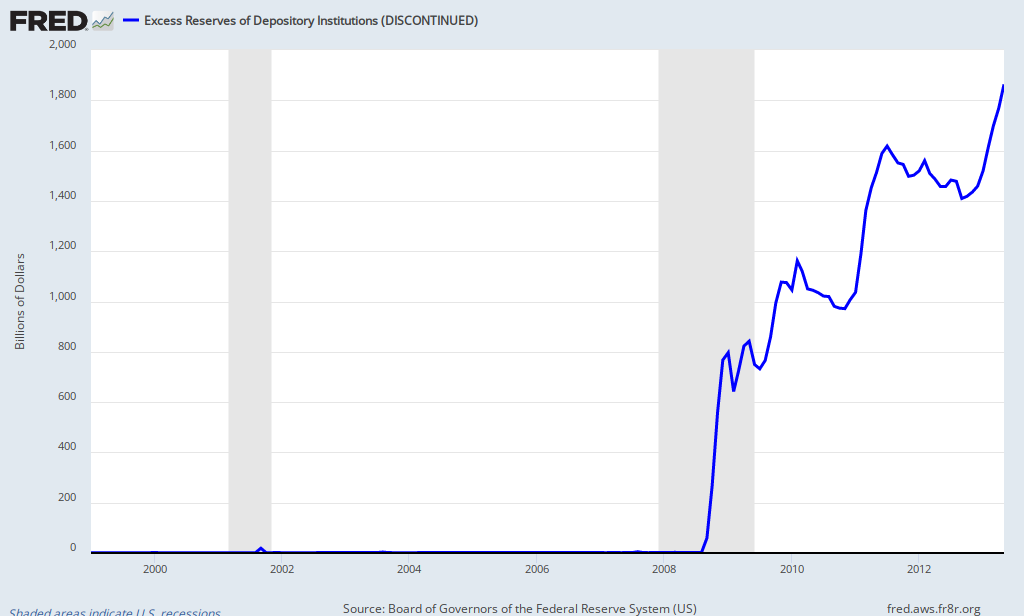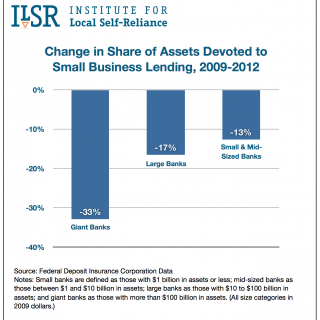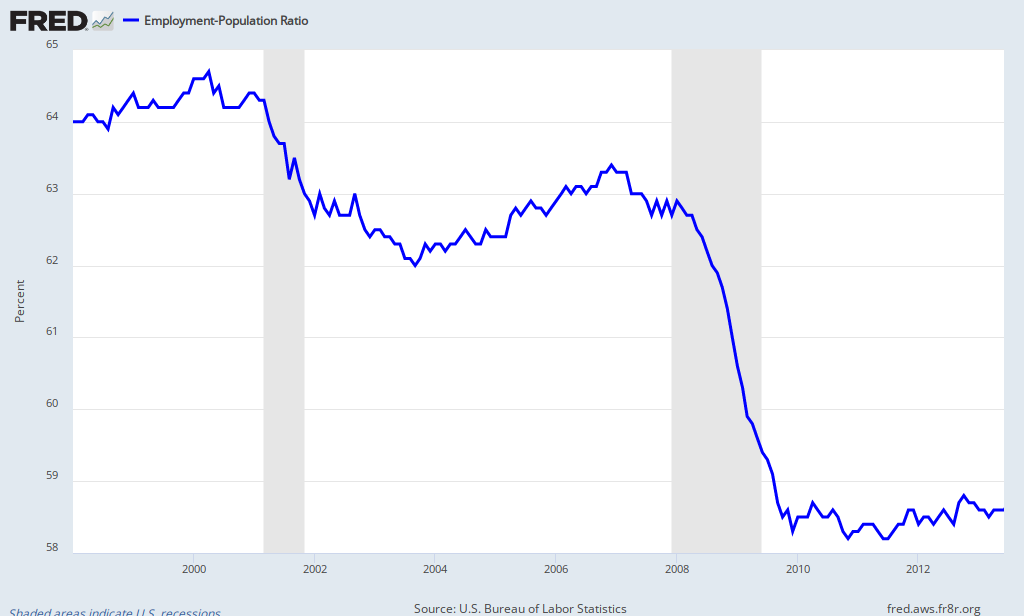This blog has
consistently urged more
accountability for financial
elites at the megabanks. While the Obama administration clearly gets a failing grade for enforcing criminal statutes against those at the megabanks, another Attorney General or administration can still bring criminal charges so long as the statute of limitations has not expired. This would be a first step in restoring the
rule of law to the financial sector and stemming the most egregious element of
lawless capitalism. So what is the statute of limitations applicable to bank frauds and other crimes affecting a financial institution?
Under
18 U.S.C.§ 3293 the limitations period for criminal charges for bank fraud as well as wire fraud and mail fraud that
"affects a financial institution" is 10 years. This is twice as long as the five year statute that generally provides the limitations period for federal offenses and four years longer than the limitations period applicable to securities violations and commodities fraud. The definition of a "financial institution" includes any insured depository institution and any holding company of any insured depository institution. Further, federal frauds may involve schemes that continue beyond the fraudulent mailing or transmission that effectively will extend that period to 10 years after the scheme has ended. Moreover, under United States v. Pelullo,
964 F.2d 193 (3d Cir. 1992), frauds affecting a subsidiary of a financial institution "
affect a financial institution." By the same logic, any loss to any subsidiary of a holding company also will "affect a financial institution." Finally, any fraud committed within a financial institution clearly "affects a financial institution" and is subject to the 10 year statute of limitations because it exposes the financial institution to
an increased risk of loss.
Interestingly, Congress added the term "mortgage lending business" to the definition of financial institution under
18 U.S.C.§ 20 as part of the Fraud Enforcement Recovery Act of 2009. "Congress, of course,
has the power to extend the period of limitations without running afoul of the
ex post facto clause,
provided the [original] period has not already run.”
United States v. Madia, 955 F.2d 538 (8th Cir.1992). In general, statutes of limitation are deemed procedural and are applicable to claims brought after the enactment of the statute. Thus, any criminal charges relating to a "mortgage lending business" brought after
May 20, 2009 are subject to the new 10 year statute of limitations so long as
not already time-barred as of that date.
What does all this mean? It means that virtually all of the putative criminal conduct at the megabanks arising from the crisis of 2007-2009 is not time-barred until 2017 at the earliest.

For example, consider the misconduct of Angelo Mozilo, the former CEO of Countrywide. The SEC charged Mozilo with securities fraud in a civil action. On the eve of trial the case settled for nearly
$70 million.
The SEC charged Mozilo with securities fraud in connection with his
sale of almost $140 million of Countrywide securities between
November of 2006 and August of 2007. Shortly thereafter Countrywide drowned in an ocean of subprime loan defaults and its stock price plunged.
The SEC alleged that Mozilo knew of the problems with the quality of
Countrywide subprime loans when he sold his shares even though
Countrywide shareholders had no clue. Mozilo agreed to the
largest fine ever for a pubic company's senior executive to settle with the SEC. As the
Supreme Court recently ruled, the SEC would be subject to a five year statute of limitations for this kind of claim. If the DOJ picked up on the investigation of the SEC and pursued a criminal securities fraud actions, then the general criminal statute of limitations (
18 U.S.C.§ 3282)
of five years would apply.
But there would be at least four possible bases for applying the 10 year statute of limitations to Mozilo for the very same factual allegations that the SEC made against Mozilo: 1) his misconduct affected a mortgage lending business; 2) his misconduct caused losses to any financial institution that held shares in Countrywide; 3) his misconduct caused a risk of loss to Countrywide Bank FSB or its holding company; 4) his misconduct caused losses to financial institutions that relied on the same misrepresentations Countrywide made to shareholders regarding the safety and soundness of its underwriting of home loans.
Of course, there has been no finding by any jury yet that Mozilo violated any criminal law. The only point here is that based upon what we now know about Mozilo and Countrywide, it is highly unlikely that any criminal indictment against Mozilo would be time-barred before 2017, more than four years from now.
The same holds true for
Goldman Sachs,
Citigroup,
JP Morgan Chase,
Lehman Brothers and
Bank of America. Each of these entities is either a "financial institution" or is affiliated with a "financial institution" or dealt with a financial institution fraudulently according to SEC investigations underlying civil settlements (or, in the case of
Lehman Brothers a bankruptcy investigation).

AIG also was
affiliated with financial institution. As an
insurance company there is another
10 year federal statute of limitations applicable to criminality by AIG's senior officers and directors. So, consider Joe Cassano's now infamous statement in August 2007: "
It is hard for us, without being flippant, to even see a scenario within any kind of realm of reason that would see us losing one dollar in any of those transactions." One year later AIG posted the
largest loss ever in corporate history from "those" credit default swap transactions. If this statement defrauded even one financial institution then the statute of limitations for any such fraud will not expire before August 2017.
The bottom line is that the overwhelming majority of potential criminal charges against the megabankers (as individuals) will not expire until 2017 at earliest. This means that
WE THE PEOPLE have two elections ahead to elect responsible leaders that understand the importance of the rule of law and imposing accountability on even the most powerful economic actors. Indeed, perhaps Congress could even extend the statute of limitations to 15 years.
.
 To those apologists that claim that the megabanks have repaid their TARP loans, thus no harm no foul for the egregious bubble behavior that precipitated the mortgage crisis, the Dallas Fed has just released a report that estimates that the crisis will end up costing the U.S. between $6 trillion and $14 trillion in lost economic output. According to economists Tyler Atkinson, David Luttrell, and Harvey Rosenblum, the study estimates the difference between actual and projected economic growth and the growth that likely would have occurred had the crisis never taken place. These economists called their estimate "conservative," noting that quantifying the trauma of job loss, rising unemployment, and the "burden of unemployment" likely makes their estimate a "drastic understatement" of the cost of the crisis.
To those apologists that claim that the megabanks have repaid their TARP loans, thus no harm no foul for the egregious bubble behavior that precipitated the mortgage crisis, the Dallas Fed has just released a report that estimates that the crisis will end up costing the U.S. between $6 trillion and $14 trillion in lost economic output. According to economists Tyler Atkinson, David Luttrell, and Harvey Rosenblum, the study estimates the difference between actual and projected economic growth and the growth that likely would have occurred had the crisis never taken place. These economists called their estimate "conservative," noting that quantifying the trauma of job loss, rising unemployment, and the "burden of unemployment" likely makes their estimate a "drastic understatement" of the cost of the crisis.













